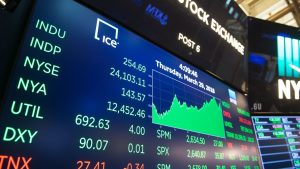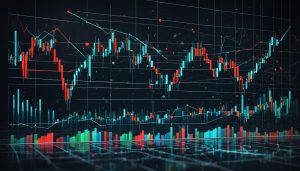Risk Management in Forex Trading

Forex trading involves various risks; however, many can be reduced through effective risk management practices.
Diversifying your investments is also important in order to reduce risk. This is particularly relevant during weekends when markets often experience gaps that could potentially breach stops and targets.
Contents
Margin
Forex margin trading can be an extremely useful way for traders to leverage their investments and increase potential returns, but it comes with its own set of risks – without proper risk management strategies in place, losses may quickly outstrip initial investments.
Capital preservation is one of the cornerstones of forex margin trading risk management, and one that you must carefully adhere to when setting risk tolerance levels and placing orders. By restricting how much of your account you risk on each trade, you can minimize catastrophic losses which could wipe out your trading account balance altogether.
Position sizing is another essential aspect of forex margin trading risk management, with this term meaning to select an optimal size trade based on factors like account size, risk tolerance and the trade setup itself. Furthermore, setting stop loss orders or taking profits at predetermined price levels will further protect yourself against market volatility while simultaneously protecting profits.
Stop Loss Orders
Stop loss orders are an integral component of forex risk management. They enable traders to limit losses and secure profits by automatically closing trades at predetermined levels, helping limit losses while protecting profits. When setting their stop loss orders, traders should carefully consider market conditions, volatility levels and their own personal risk tolerance when setting stop-loss levels.
Traders must also employ additional risk management strategies, including position sizing, diversification and fundamental analysis. These tools can help them avoid costly mistakes while making more informed trading decisions.
Additionally, traders can utilize guaranteed stop-loss orders that ensure that trades will close at their specified price despite gaps or unanticipated market movements. These types of orders provide peace of mind while mitigating long-term investments risk.
Trading Conditions
Forex trading takes place in an unpredictable market with price fluctuations that can cause losses greater than initial investments. Therefore, it is vital to carefully consider and implement risk mitigation strategies against them.
Trading with a strong base currency helps reduce risk by cushioning fluctuations in other currencies. Selecting pairs which move together should also help minimise the risks involved, and traders should aim for currency pairs which show signs of correlation or are expected to move in tandem with one another.
Utilizing a trading journal can assist traders in recognizing patterns in their decision-making and creating data-driven improvements to risk assessment and mitigation strategies. Monte Carlo simulations may be utilized as another means of stress testing an approach against various market conditions – not exclusively used for forex trading but applicable across commodity or stock exchanges as well.
Trading Platforms
Risk management strategies in forex trading are an integral component of active trading, helping traders reduce losses while increasing the odds of profitability with each trade. Such techniques include developing an approach tailored to one’s goals and traits, staying calm during trades, using proper position sizing techniques, setting stop losses properly, managing currency risk systematically and not overtrading.
As part of their risk management strategies, traders must also diversify their portfolios and use leverage responsibly. Furthermore, traders must remain mindful of country-specific risks such as natural disasters, political unrest and economic downturns which may cause currency values to decrease. Furthermore, traders should monitor counterparty credit risk through adequate research, collateral requirements and monitoring counterparty financial stability before selecting brokers and making trading decisions. It is also crucial that traders monitor unexpected events and human errors, which could have immediate or long-term ramifications on markets and should be factored into any decision-making processes when making trading decisions.






